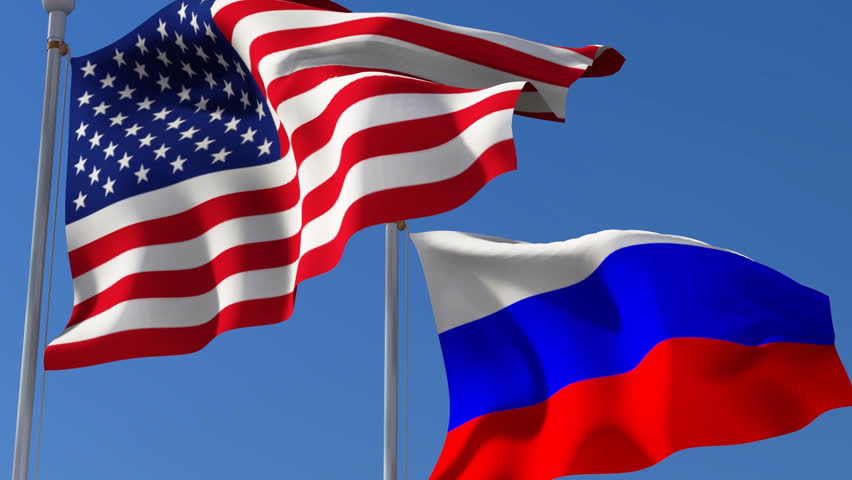
What Is the Arab Region’s Position in the Russian-American Influence War?
For its part, Russia is well aware and realizes that the American effort to contain rising Russian influence is merely an American storm and an American-led clandestine war with many faces, the goal of which is to change the geopolitical map and to alter the shape of regional or even international security. Based on its expected outcomes, America will create a new character to shape the new world, at least politically. The Russians realized early on that this great American storm battering the world, and the Levant in particular, seeks in sum to form a new reality for the Arab region regarding the balance of power and spheres of influence. This new reality will be reflected in a new distribution of spheres of influence, alliances, riches and energy resources among significant world powers. This shift will result in Russia losing much of its influence, some of which Russia had relied on for quite some time and continues to count on, especially in some areas of the Levant.
The formation of this new stage and map began once the American storm was unleashed on the Levant. Centers of influence and power began to shift and change. From here, Western powers spearheaded by America decided that this opportunity was their best chance to re-slice the Arab “cake” among them. This provoked the wrath of Eastern powers considered closest to the Arabs, including China and Russia. This storm, the Arab Spring, triggered the rearrangement of positions of power and influence in the region, resulting in a new reality leading to a series of disputes between Western and Eastern powers regarding these new centers of power and influence in the Levant.
The first dispute related to the Arab Spring and the relative Western and Russian centers of power was about Libya. Western countries challenged Russia by appearing in Libya, resulting in the Russian "bear” losing a center of influence in the Maghreb and North Africa. For Russia, Libya represented a safety factor, a show of strength on the African continent, and safe passage to expand and better access its relationships with the rest of the Arab Maghreb, North Africa and other countries to the south and east. At that time, Russia realized first, that it had been tricked by these Western countries and then, realized that there was a larger conspiracy targeting its centers of influence across the Arab world.
When the scope of the Arab Spring storm expanded and reached Syria, Western powers began preparing to shape a new reality there, seeking to build a base of influence at the expense of the Russians. From there, the Syrian portfolio emerged as the primary front in the conflict between Eastern and Western powers. Russia risked itself to provide political defense and logistical support to the Syrian state and its army on the principle that if Syria were lost, Russia, too, would lose its final base of influence and its last alliance with a Levantine country. Russia knew well and realized that the West’s next eventual target would be Russia itself. Thus today, Russia continues to risk itself for Syria, realizing the truth of the great conspiracy first against them and second, against the Syrian state. Russia realizes that now, more than at any previous time, it has more realistically fallen under Western fire and is under threat by Western nations. Today, Russia is between a rock and a hard place. The American missile defense shield close to the Russian border poses a grave danger to the security of the Russian military and its societal systems, and risks Russia losing its spheres of influence in Syria and Ukraine (to the benefit of the West) or possibly later losing many other spheres of influence in the Far East, Eastern Europe or the Arab world in general. On the other hand, Russia risks being undermined by the West in its efforts to gain access to other regions and centers of influence elsewhere.
In conclusion, we all know that Russia will never present Syria to America on a silver platter unless it is in exchange for America conceding the Ukrainian file and returning it to Russia. Russia knows well that for the U.S., Syria is the same as Ukraine, and may be even more important than Ukraine at this point. Today, we do not know precisely if there were any recent discussions or agreements or “understandings” between the Russians and the Americans, or if there were any points of convergence between the two countries. Will the Russian bear be forced to bare its fangs yet again and throw the first pitch in a new hot war with America? Should Russia kick off a new war, the nucleus of launch would mostly be from Ukraine. The question here is whether Russia, if it actually enters this hot war again, would be able to deliver the message to the West and to everyone else that Russia is here, will not concede and will continue to expand in all directions. Or will we actually see a retreat and a repositioning so that Russia might shuffle its cards again, especially as it relates to Russia domestically, where elements of American chaos have already started to move?
For now, we will leave all of these questions open and let them be answered in the coming days, giving us a picture of the features and shape of the new world in which the balances of power or influence are recreated, specifically from Syria.

:quality(70)/cloudfront-eu-central-1.images.arcpublishing.com/thenational/EQGQGPNIO5OEWWMXWKUDYOZZVQ.jpg)